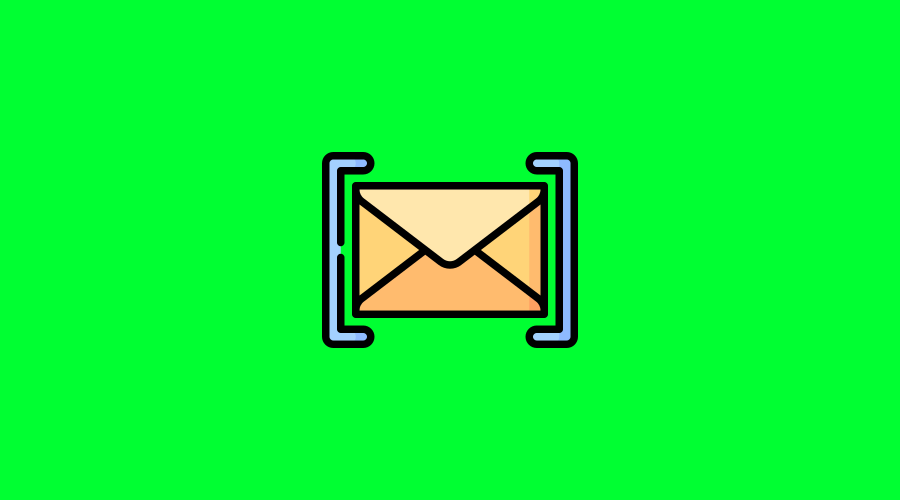
We live in the digital age, where most conversations happen online via messaging systems or email. The latter calls for the right and consistent practice of email etiquette. Remember that an email that rubs the recipient the wrong way or gives the recipient a negative impression is as good as an undelivered email. It won’t get its desired results.
The next time you’re about to hit the send button, first, parse what you’ve written to know for sure if it checks all the email etiquette boxes.
Now, what does email etiquette mean? Simply put, it’s the use of appropriate language and tone in an email. If done right, email etiquette puts you at an advantage.
Email Etiquette Benefits
When you compose an email with the utmost care, scrutinizing every detail for the message to achieve just the right tone, you get the following advantages:-
Minimized workplace issues
The practice of email etiquette reduces certain risks common to workplace settings. It’s no news that different types of harassment happen in professional settings, which may transpire via an online exchange such as emails. To spare your organization the trouble of addressing a discrimination or harassment case, encourage everyone to be on their best behavior, even when writing emails. -
Streamlined workflows
Suppose you’re working on a group project with colleagues. Most of your collaborations happen online, hence the necessity of emails. If all members subscribe to appropriate email etiquette, the risk of miscommunication is low—if not absent. More or less, everyone will be on the same page. As a result, there will be no need for instructions and guidelines repeated for the nth time. Output completion becomes quicker, too. -
Professionalism
It’s OK to sound casual if you’re interacting with intimates. However, if you’re speaking to a professional or academic colleague, you must keep the conversation professional. By subscribing to email etiquette, you get to do just that.
Email Etiquette Guide
When composing an email, keep in mind the following.Write a clear subject line
The subject line informs the recipient what the email is about. It should be clear and concise enough to capture the message’s essence. For example, if you’re sending an email about your organization’s most recent policy update regarding tardiness, Tardiness Policy Update—or anything similar to that phrase—will deliver the message. Refrain from writing a vague subject line that will have your recipients guessing the purpose of the email. Most importantly, avoid missing a subject line altogether. Remember that emails without a subject line sometimes go directly to the spam folder.-
Don’t forget the salutation and signature
Salutation is how you address the email, such as Dear So and So. It’s important because it lets your recipient know they are truly the email’s intended recipien. They’re not getting the message due to some technical error. If sending to a superior, you may use a greeting followed by the recipient’s surname, such as “Good afternoon, Mr. Sanchez.” If Mr. Sanchez happens to be a colleague, use their first name instead. As for the signature, keep it simple and sweet. Sincerely yours followed by your complete name does the job. You can automate signatures on most email platforms. -
Mind your grammar
Paying attention to grammar elevates your email’s sense of professionalism. Whether you’re sending an email to a grammar-sensitive or grammar-lenient recipient, it pays to always stick to this rule. You have nothing to lose and everything to gain. Moreover, you spare yourself from the controversy of having one of your emails circulated maliciously as an example of a poorly written message.

Comments are closed